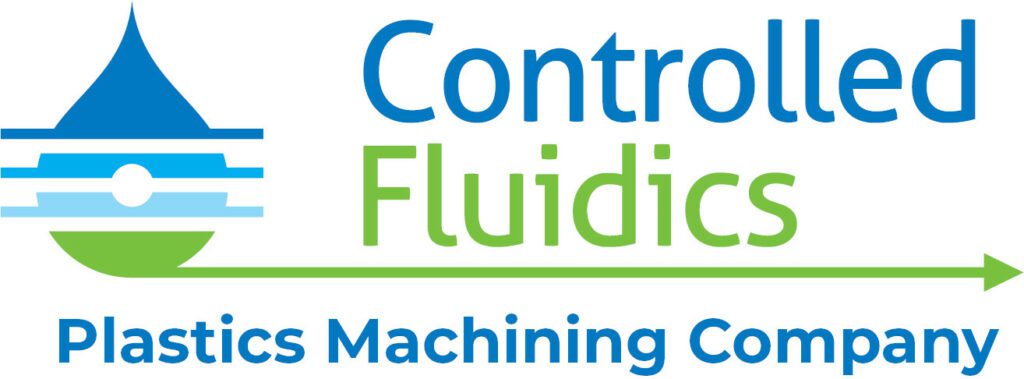Extreme Operating Conditions and Plastic Components
Can Plastic Withstand Extreme Operating Conditions? Understanding Environmental Extremes & Plastic
You can find plastic machined parts and manifolds as critical parts of devices in almost any environment: from cell counters in a climate-controlled lab to components on the International Space Station. When machining components that must perform under extreme operating conditions, a good engineer understands that selecting the right material is a critical step.
*Updated November 28, 2023
While making products from metal or glass does have its own advantages, sometimes it's not the most practical or best suited option. One of the major advantages of choosing plastic over other alternatives is the existence of a polymer that meets the environmental requirements of any project. Thanks to advances in polymers, engineers can find a material that will work in extreme operating conditions in just about any stressful environment. A few of the more common environments our engineers find themselves considering are extreme heat, chemical exposure, and water exposure.
Extreme Heat
A common temperature condition our team faces is extreme heat. Before making any decisions, defining what “extreme heat” means for your specific project is important. There are 4 important details to consider:
- The most extreme temperature the component will face,
- Frequency of those temperature spikes,
- Continuous operating temperature, and
- The potential of/frequency of dips below the constant operating temperature.
Specifically, understanding the relationship between the continuous operating temperature and temperature spikes will impact material choice and the material properties required to meet the needs of the project. Some materials might be able to handle spikes outside their continuous operating range without overloading – giving you a wider range of materials to consider when making your selection.
Understanding the entire operating environment conditions is essential for selecting the suitable material for your project regarding thermal protection. For example, rocket engines get extremely hot and sustain that heat, while other machinery may experience intermittent bursts of heat followed by a cooling-off period.
Some materials that our design engineers frequently turn to for projects that operate with reliability in extreme heat are:
Chemical Exposure
Chemical exposure qualifies as a common harsh environment when designing products in the life science and medical industries. As chemicals used within these industries can be abrasive and corrosive, choosing the wrong material can result in stress cracks and non-functional components.
Before moving forward with your project, determine the type of chemical the component will be exposed to and the frequency and duration of the exposure. Then work with an engineer (and a reference guide) to determine the best material for your project.
Some materials that we frequently turn to for projects that require contamination-level chemical resistance are:
Moisture & Water Exposure
The need for moisture resistance spans industries. Weather, sterilization techniques, and overall operating environments all require components that can operate despite some degree of exposure to moisture. Choosing the wrong material without a proper barrier coating can cause moisture absorption that will lead to decreased dimensional stability. The result will be a component that doesn’t operate consistently – or at all.
To select the right material with consistent reliability, make sure you know the type of moisture (water, steam, lubricant, etc.) the component will need to withstand and how often the moisture will be present. A component destined to operate underwater needs a very different material than one that will experience occasional bursts of steam.
Some materials we frequently turn to for projects that require moisture resistance reliability are:
The bottom line: a component destined to be used in extreme operating conditions must be machined well and use the best material possible. The experienced engineers at Controlled Fluidics can help on both fronts.
Ready to get started?
Reach out now and get your project started with a no-obligation conversation!
